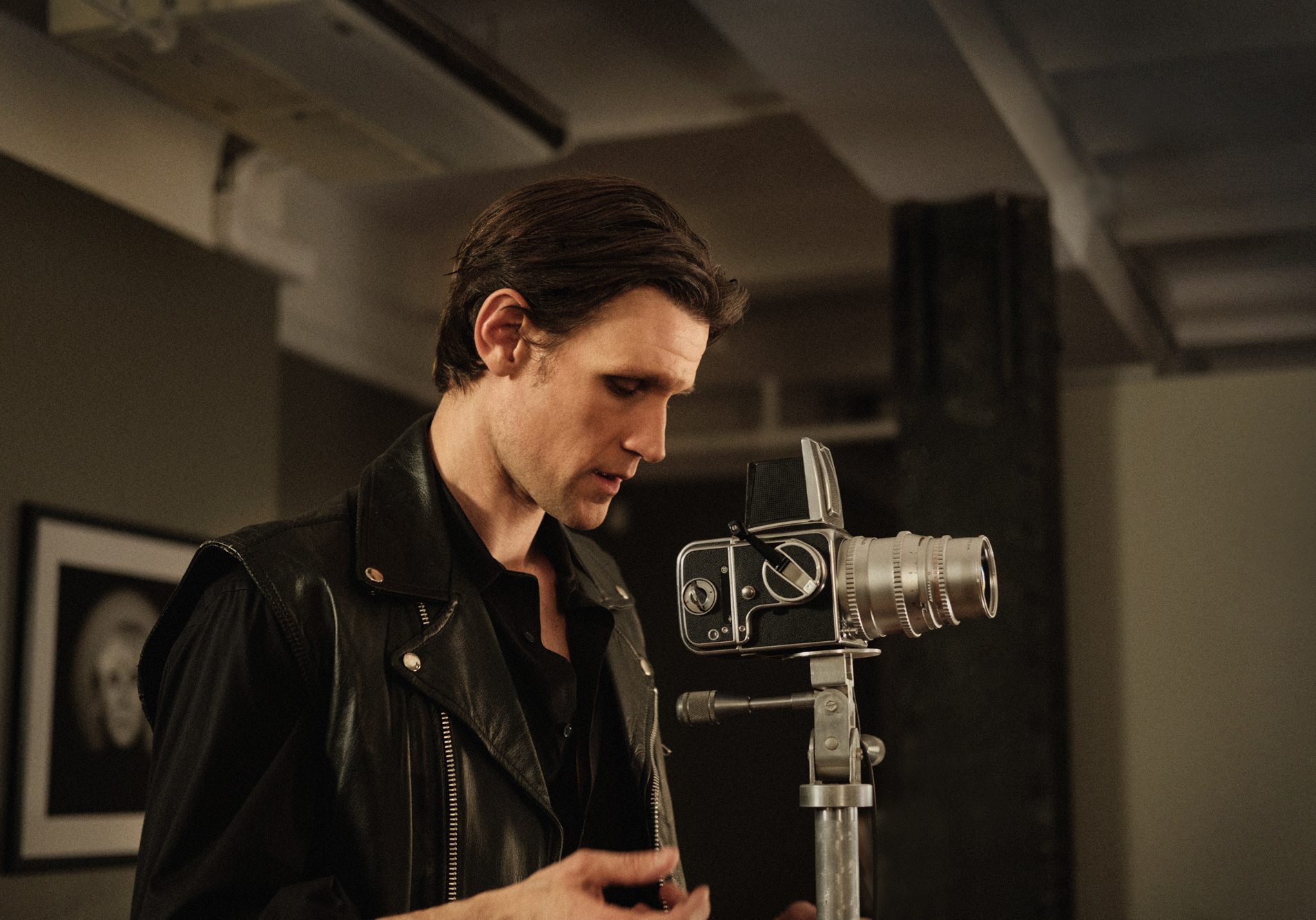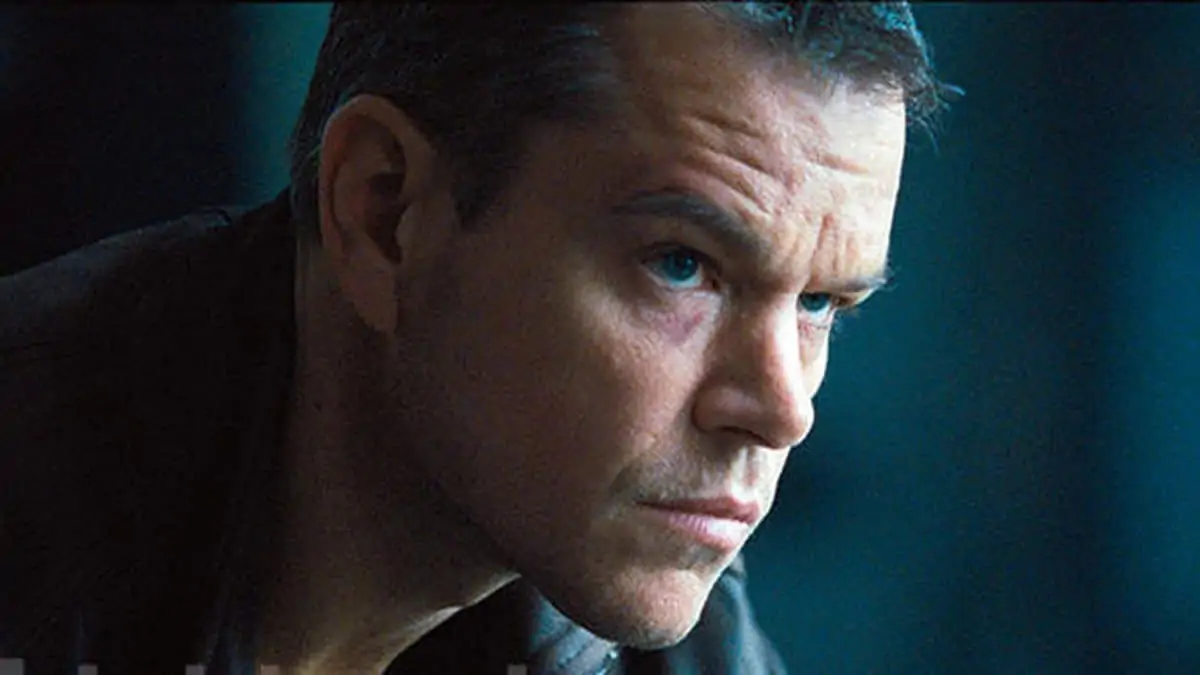Light and Dark
Nancy Schreiber ASC / Mapplethorpe

Light and Dark
Nancy Schreiber ASC / Mapplethorpe
WANT TO READ IT ALL?
Below is only a teaser, and the full interview can be found in the May 2019 issue (93) of British Cinematographer magazine.
If you purchase a year's digital subscription from just £30, or a year's all-inclusive subscription from just £64, you can read the interview in Issue 93 by clicking HERE. You will also receive access to the rest of our extensive back catalogue.
CLICK TO BUY A DIGITAL SUBSCRIPTION
CLICK TO BUY A PRINT & DIGITAL SUBSCRIPTION
BY: Ron Prince
Captured on Kodak S16mm, the feature film Mapplethorpe, which was written/directed by Ondi Timoner, and shot by Nancy Schreiber ASC, takes a look at the life of provocative, erotic photographer Robert Mapplethorpe: from hustling artist in the 1970s and rise to fame in the 1980s, through to his sad and untimely death from AIDS in 1989.
Timoner is an accomplished profile-documentary filmmaker. Her 2009 documentary, We Live In Public, about Internet entrepreneur Josh Harris, won the documentary Grand Jury Prize at Sundance, as did her 2004 documentary Dig! about the American rock bands, The Brian Jonestown Massacre and The Dandy Warhols. Indeed, it's during the rounds of festival circuits that she and Schreiber became friendly acquaintances.
"I had run into Ondi many times over the years, when we were either jurors, or had films in competition," says Schreiber, who started her career as a gaffer, before climbing the ladder to cinematographer. Her credits include Your Friends And Neighbors, HBO's The Comeback (2005) and November (2004), which earned her the Sundance Dramatic Cinematography Award.

"I knew Ondi had optioned the project about Robert as long ago as 2006, and I sent her my reel way before Mapplethorpe ever got underway. Those were the days before websites. When the film finally got the greenlight, I was thrilled that she got in touch with me," Schreiber says.
"I was very familiar with Robert Mapplethorpe - his work, his haunts and his rise to prominence - having lived in New York myself during that period, near where his studios were on 23rd Street, in the then raw and rather down-at-heel Garment District.
"During our early discussions, Ondi and I decided we wanted to make this film look contemporary, as though it had been made in that time period, and I was absolutely delighted when I learnt that she wanted to shoot it on Super 16mm film. In combination with the lenses, lighting, carefully-dressed locations and costume design, as much as the limited budget would allow, I knew the grit and grain of Super 16mm film would provide an automatic bridge to the past, as well as being highly-appropriate for the subject matter."
"I have to say it was a great pleasure for me to shoot on film again. The ARRI 416 is a great camera. It was so nice to operate, and to enjoy the intimate experience of looking through the viewfinder. "
- Nancy Schreiber ASC
That said, Timoner and Schreiber did have to convince the film's producers that shooting on film would stack-up financially versus digital - through cheaper camera rental, no need for a DIT, plus control over the shooting ratios of a 158-page script, taking-in 63 locations. The fact that Kodak had recently opened a brand new lab in Long Island City, NY, and an affordable 2K dailies scan at Technicolor Postworks NY, were also mitigating factors.
Early-on, Schreiber provided Timoner with a lookbook and then, in collaboration with production designer Jonah Markowitz, she put together extensive references of contemporary pictorial inspirations to help give a visual entry-point to the production. This included the stills work of US photographer Nan Goldin, known for her deeply personal and candid portraiture of the LGBTQ community, the HIV crisis and heroin addicts, and in particular, Goldin's 1986 book, The Ballad Of Sexual Dependency, in which she documented New York's gay subculture.

"Along with depicting something of the under-belly of Lower Manhattan as it was in those days, we also decided on a colour arc through the movie with distinct palettes to portray different periods of Mapplethorpe's life," says Schreiber. "For example: the desaturated warmth of his years as a penniless artist, with toned-down oranges and golds, underscored by edgy, off-centre, off-kilter framing; and the altogether cooler, almost monochromatic looks, using a composed camera on the dolly, when he reached success as a photographic artist."
READ IT ALL
The full interview can be found in the May 2019 issue (93) of British Cinematographer magazine.
If you purchase a year's digital subscription from just £30, or a year's all-inclusive subscription from just £64, you can read the interview in Issue 93 by clicking HERE. You will also receive access to the rest of our extensive back catalogue.











